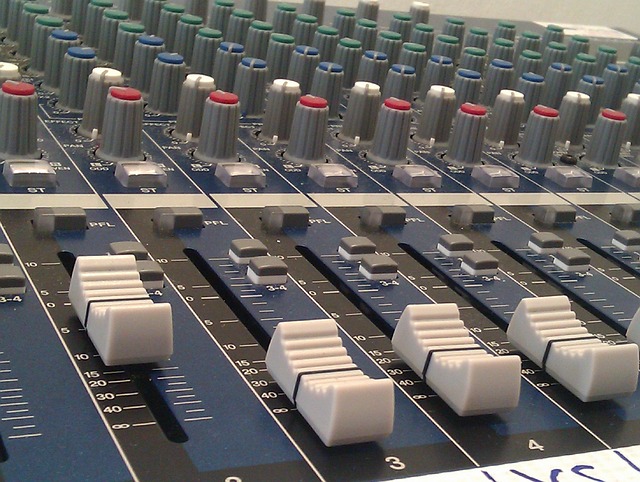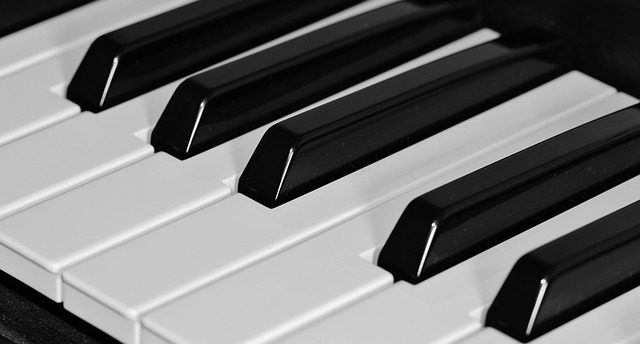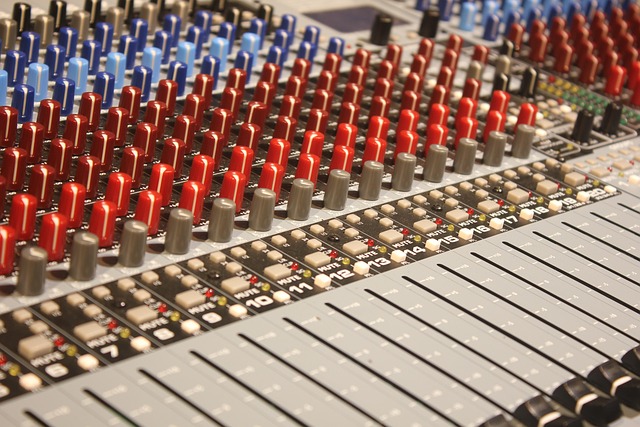When diving into the world of audio recording, one of the most vital tools at your disposal is the fader. Understanding how to master the fader can transform your audio recording experience from basic to extraordinary. The fader is not just a control; it’s an extension of your creativity, allowing you to sculpt sound and bring your vision to life.
Imagine setting up your home cinema, where every detail matters—from the perfectly placed speakers to the lighting that sets the mood. The fader plays a pivotal role in this arrangement, enabling you to balance levels, ensure clarity, and create a seamless auditory experience. Whether you are mixing a live band or fine-tuning the perfect soundtrack for a short film, having control over your audio elements can make all the difference.
In the context of video production, mastering the fader becomes essential. Picture a scene transitioning from a heavy dialogue to a delicate background score. With the right fader technique, you can emphasize the emotional weight of a moment, guiding the viewer’s experience subtly but powerfully. Adjusting your fader levels to capture the nuances of dialogue, sound effects, and music can create a captivating soundscape that leaves a lasting impression.
The allure of a cinema room often lies in its ability to transport you to another world. Achieving this immersive experience requires careful audio design. Understanding how to utilize your faders will allow you to manipulate various sound elements, ensuring that when the space ship soars or the heart beats in a quiet scene, the audio perfectly matches the visual. The right fader control can create pivotal moments that resonate with an audience, evoking emotions as intended.
As you explore the intricacies of audio recording, take time to get familiar with different fader types and their unique functions. From linear faders on a mixing console to the virtual faders in sophisticated audio software, their application can vary, but their importance remains constant. The physicality of moving a fader can inspire intuitive adjustments that enhance your recording, drawing you deeper into the creative process.
Furthermore, incorporating fader automation can elevate your work even further. Automation allows you to set precise changes in volume over time, enabling you to create dynamic soundscapes that engage listeners. This technique is particularly valuable in film scores and home cinema setups, as it allows the audience to feel the rise and fall of tension without distracting from the visual storytelling.
In summary, mastering the art of fader control is essential for anyone serious about elevating their audio recording experience. The interplay between audio and visuals in home cinema or video production hinges on the balance you achieve through your faders. As you dive deep into this crucial element of audio, remember that every adjustment you make contributes to a larger storytelling framework, enchanting your audience one fader change at a time.



